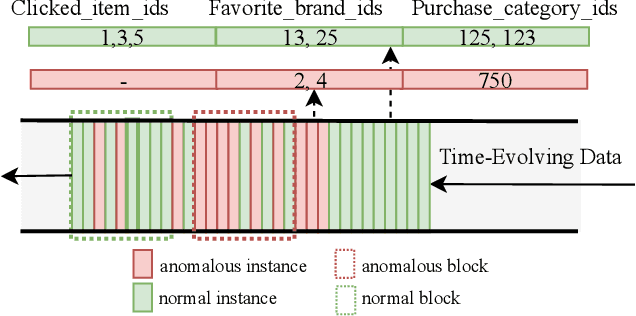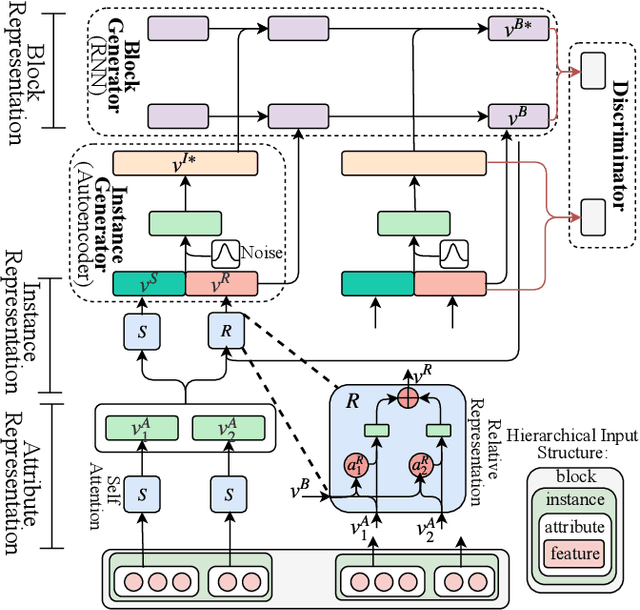Hang Xiang
An Adaptive Approach for Anomaly Detector Selection and Fine-Tuning in Time Series
Jul 18, 2019



Abstract:The anomaly detection of time series is a hotspot of time series data mining. The own characteristics of different anomaly detectors determine the abnormal data that they are good at. There is no detector can be optimizing in all types of anomalies. Moreover, it still has difficulties in industrial production due to problems such as a single detector can't be optimized at different time windows of the same time series. This paper proposes an adaptive model based on time series characteristics and selecting appropriate detector and run-time parameters for anomaly detection, which is called ATSDLN(Adaptive Time Series Detector Learning Network). We take the time series as the input of the model, and learn the time series representation through FCN. In order to realize the adaptive selection of detectors and run-time parameters according to the input time series, the outputs of FCN are the inputs of two sub-networks: the detector selection network and the run-time parameters selection network. In addition, the way that the variable layer width design of the parameter selection sub-network and the introduction of transfer learning make the model be with more expandability. Through experiments, it is found that ATSDLN can select appropriate anomaly detector and run-time parameters, and have strong expandability, which can quickly transfer. We investigate the performance of ATSDLN in public data sets, our methods outperform other methods in most cases with higher effect and better adaptation. We also show experimental results on public data sets to demonstrate how model structure and transfer learning affect the effectiveness.
AMAD: Adversarial Multiscale Anomaly Detection on High-Dimensional and Time-Evolving Categorical Data
Jul 12, 2019



Abstract:Anomaly detection is facing with emerging challenges in many important industry domains, such as cyber security and online recommendation and advertising. The recent trend in these areas calls for anomaly detection on time-evolving data with high-dimensional categorical features without labeled samples. Also, there is an increasing demand for identifying and monitoring irregular patterns at multiple resolutions. In this work, we propose a unified end-to-end approach to solve these challenges by combining the advantages of Adversarial Autoencoder and Recurrent Neural Network. The model learns data representations cross different scales with attention mechanisms, on which an enhanced two-resolution anomaly detector is developed for both instances and data blocks. Extensive experiments are performed over three types of datasets to demonstrate the efficacy of our method and its superiority over the state-of-art approaches.
Visualizing and Understanding Deep Neural Networks in CTR Prediction
Jun 22, 2018



Abstract:Although deep learning techniques have been successfully applied to many tasks, interpreting deep neural network models is still a big challenge to us. Recently, many works have been done on visualizing and analyzing the mechanism of deep neural networks in the areas of image processing and natural language processing. In this paper, we present our approaches to visualize and understand deep neural networks for a very important commercial task--CTR (Click-through rate) prediction. We conduct experiments on the productive data from our online advertising system with daily varying distribution. To understand the mechanism and the performance of the model, we inspect the model's inner status at neuron level. Also, a probe approach is implemented to measure the layer-wise performance of the model. Moreover, to measure the influence from the input features, we calculate saliency scores based on the back-propagated gradients. Practical applications are also discussed, for example, in understanding, monitoring, diagnosing and refining models and algorithms.
 Add to Chrome
Add to Chrome Add to Firefox
Add to Firefox Add to Edge
Add to Edge